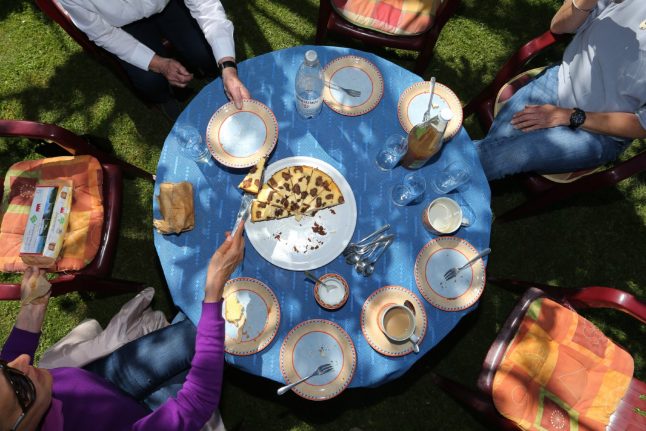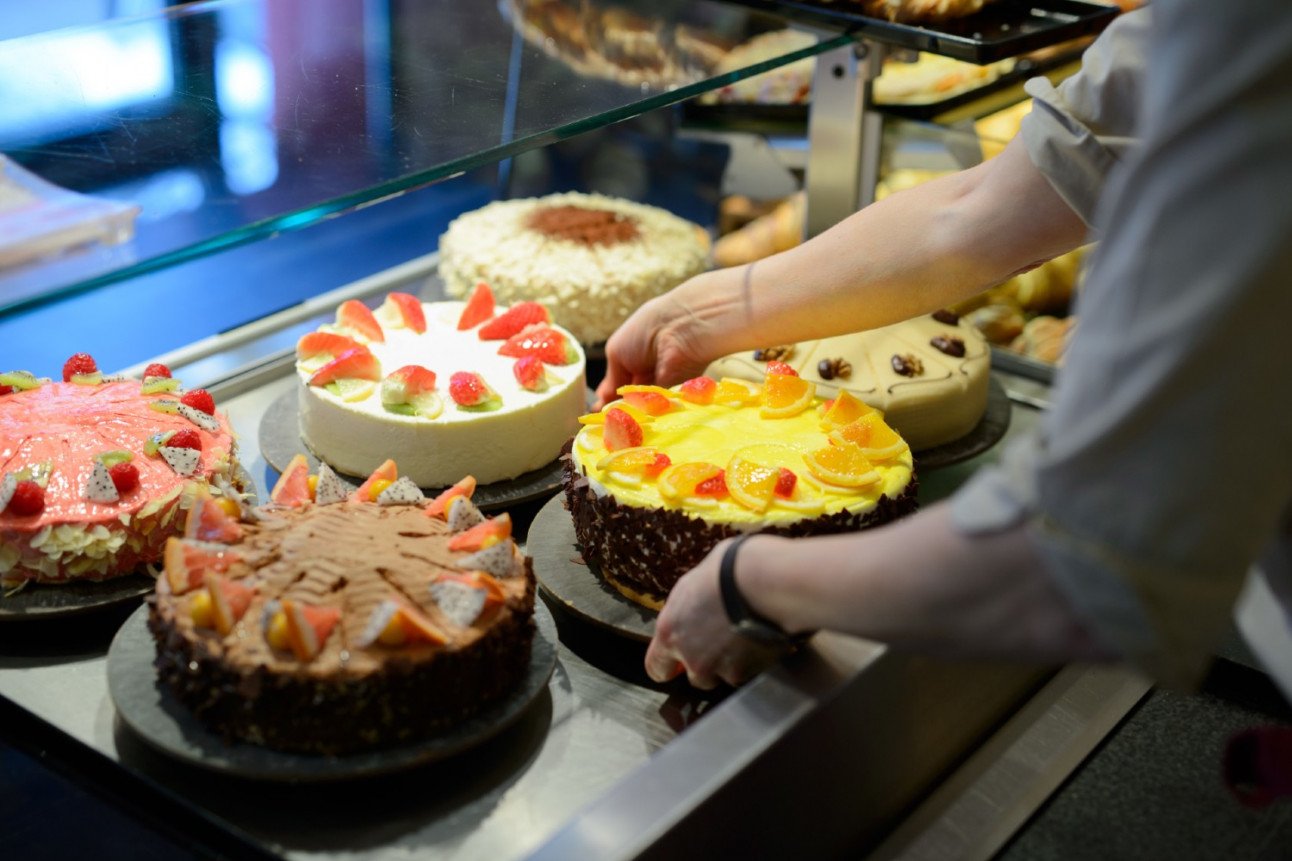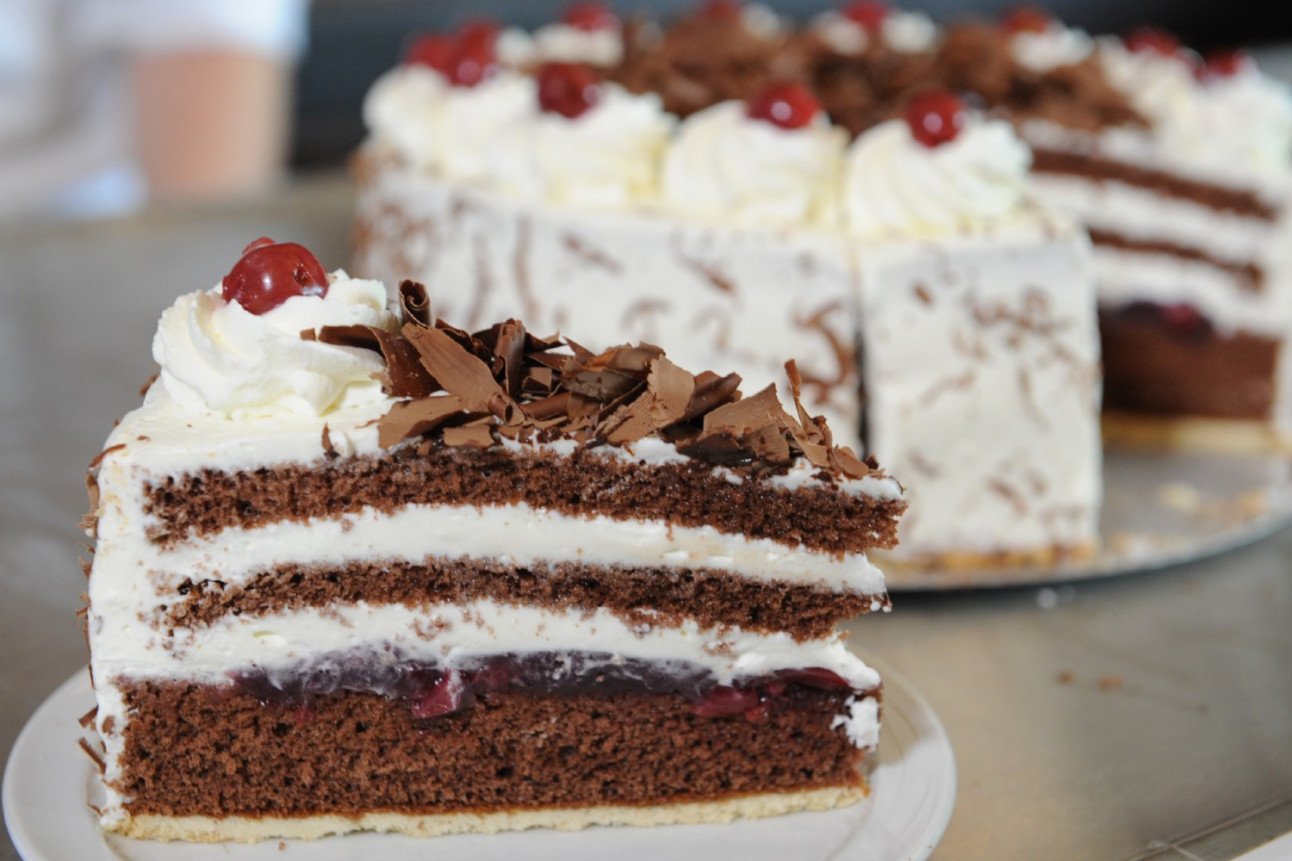A study published by Federconsumatori this week compared coffee prices across the Italian peninsula.
Bargain hunters will want to head to Bari, where Italy's cheapest espressos (espressi) can be found, averaging out at 75 cent in most bars. The next cheapest cup of brew comes in at 86 cent in Naples, followed by Catania and Palermo, where caffeine addicts can track down an espresso for less than €1.
It's bad news for northern Italians, with the most expensive coffee found in university town Bologna, where the average espresso has a €1.10 price tag.
The average price of coffee in Florence and Venice is also more than €1. Such high-end prices will seem more than fair to readers from Sweden, the UK, Germany or Switzerland, more used to paying closer to 5€ for their coffee than the handful of euro cent requested in southern Italy.
Coffee prices have been on the rise generally in recent years in Italy, much to the outrage of local citizens. A 2016 study by a German company found that Milan offered the cheapest coffee in Europe while Europeans living in Geneva, Copenhagen and Zurich face paying more than €6 for their Starbucks coffee.
Starbucks announced earlier this year that it would open between 200 and 300 stores in Italy. The first stores will be opened in Milan and Rome.
But will Starbucks be able to install a paper coffee-cup culture? Psychologist Paolo Vergnani told the BBC he thought the move could be unsuccessful because Starbucks coffee is “just a way to keep your hands warm.” Vergnani, who says he drinks 10 espressos a day, believes Starbucks will not do well because Italians “are coffee snobs.”





 Please whitelist us to continue reading.
Please whitelist us to continue reading.